Our Laboratory Testing of Soils, Rocks, and Aggregates
We have modern laboratory facilities to carry out detailed Testing of Soils, Rocks, and Aggregates. Our expertise covers every stage of the testing process, from sample preparation to final analysis, ensuring that all results are accurate and reliable. We test soils for properties such as moisture content, density, compaction, shear strength, and permeability. For rocks, we focus on strength, durability, and weathering resistance to check whether they can withstand long-term construction demands. Our expertise covers:
Water Content
This measures how much water is in the soil compared to its dry weight. It’s expressed as a percentage and is key to understanding how soil behaves under load all determined by drying a sample and comparing weights.
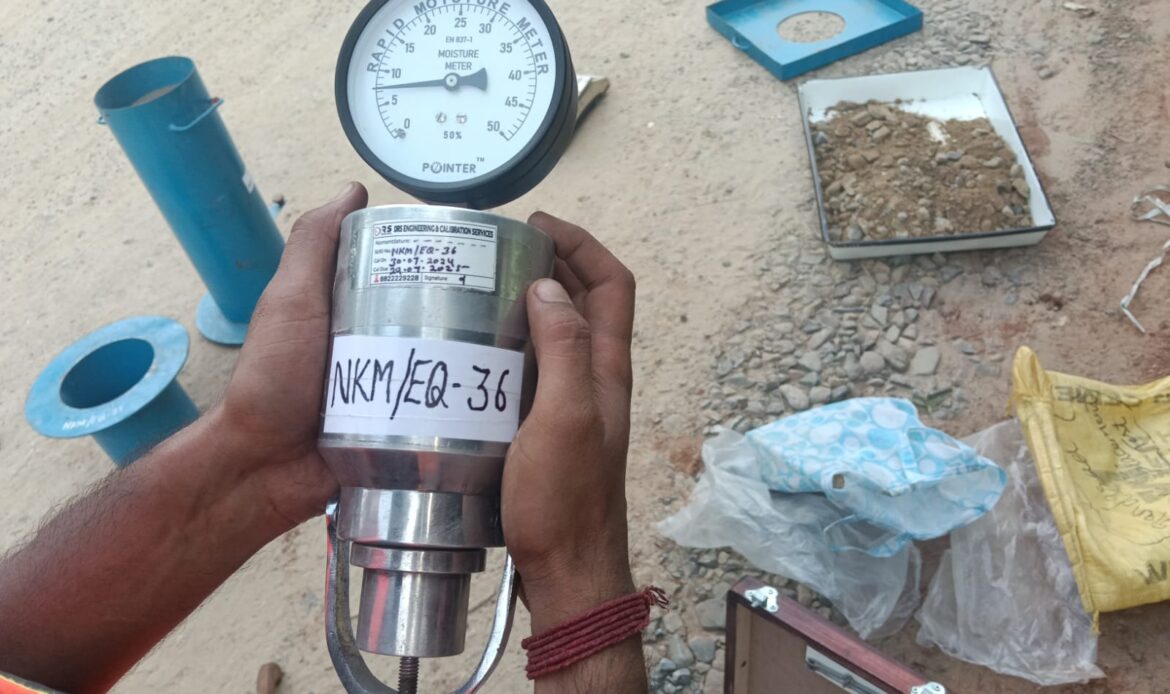
Grain Size Analysis
These tests find out how soil is made up of different particle sizes. Dry and wet sieving sorts coarse particles; hydrometer analysis measures fine particles like silt and clay in a suspension.
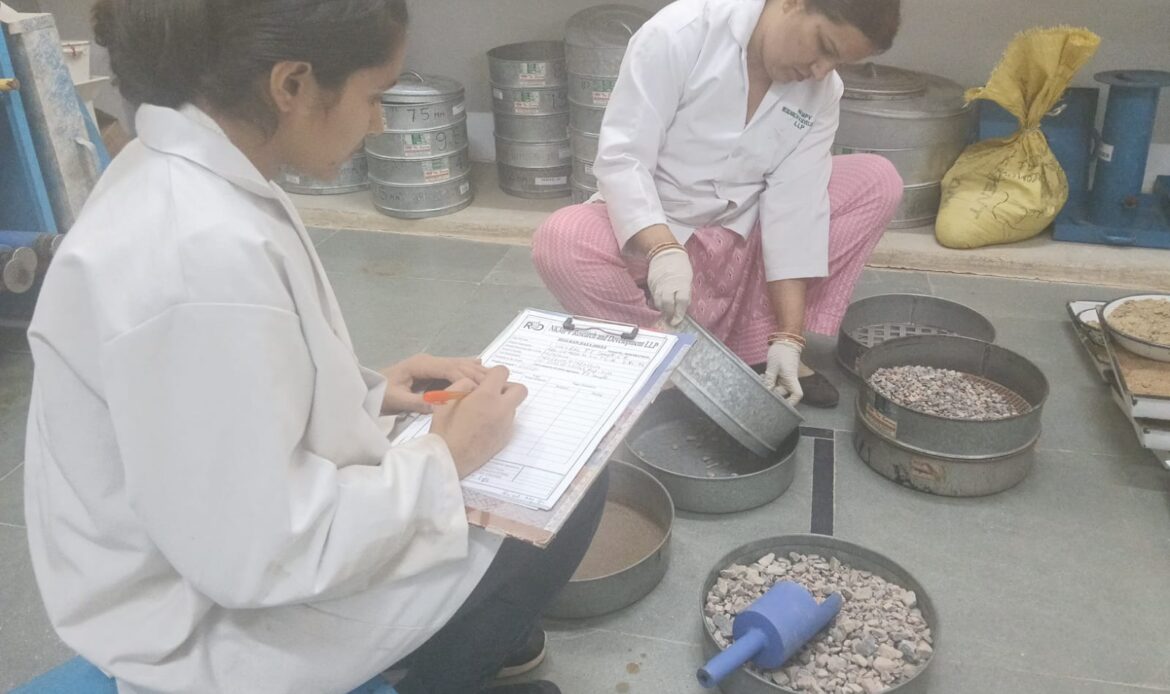
Specific gravity
This is the ratio of the weight of soil particles to the weight of water. It helps calculate densities and understand soil composition. Gravel, sand, and silt typically range from 2.65 to 2.7; clay up to 2.8.
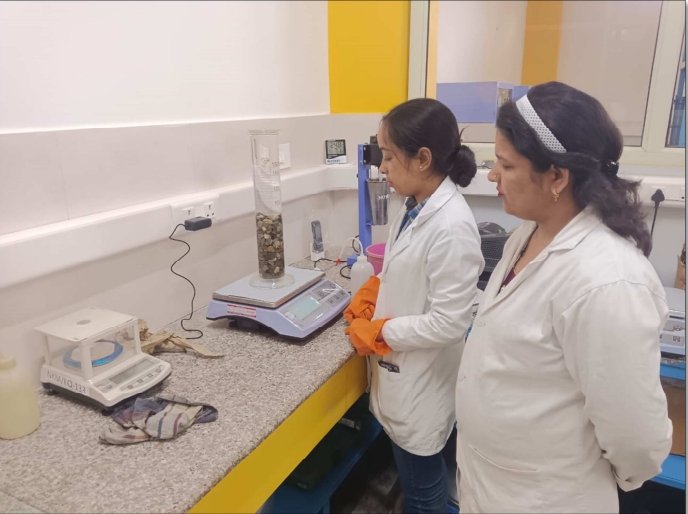
Liquid Limit
The water content at which soil goes from plastic to liquid behavior. It’s measured by counting the number of blows needed to close a groove in a soil sample using a standard device, usually 25 drops.
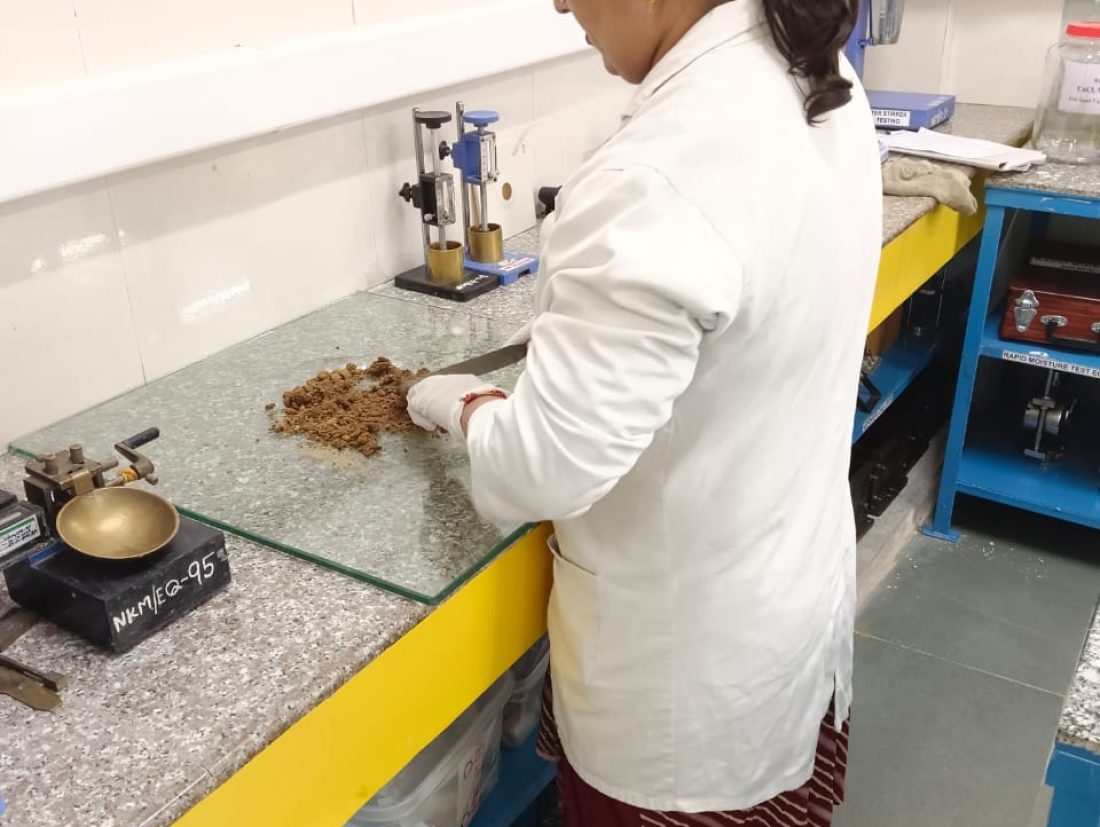
Plastic Limit
The water content at which soil starts losing its plasticity and crumbles when rolled into a thread roughly 3.2 mm in diameter.
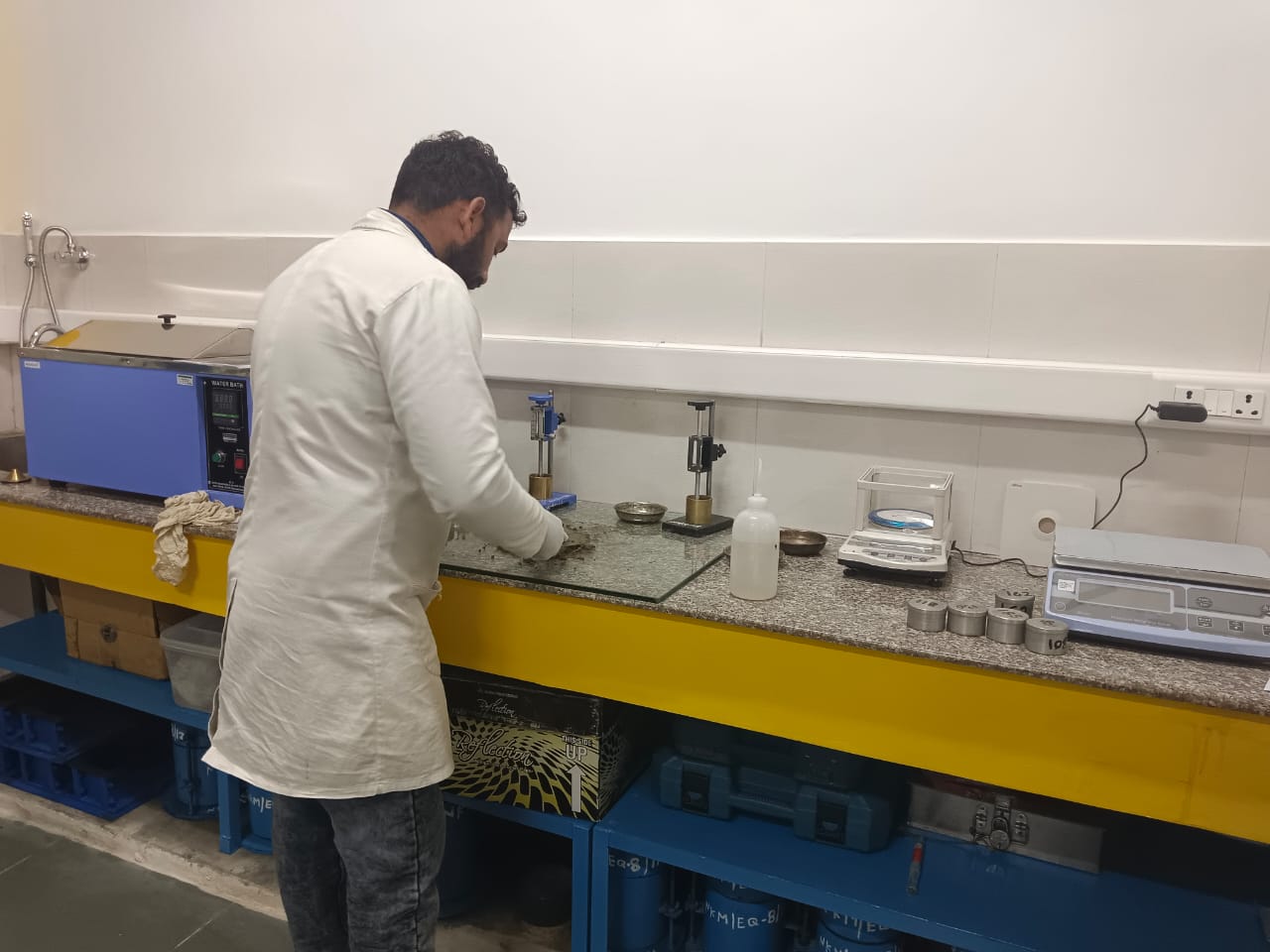
Maximum dry Density & Optimum Moisture Content
These come from compaction tests. The maximum dry density is the highest density soil achieves under compaction. The optimum moisture content is the water level at which this peak density occurs.
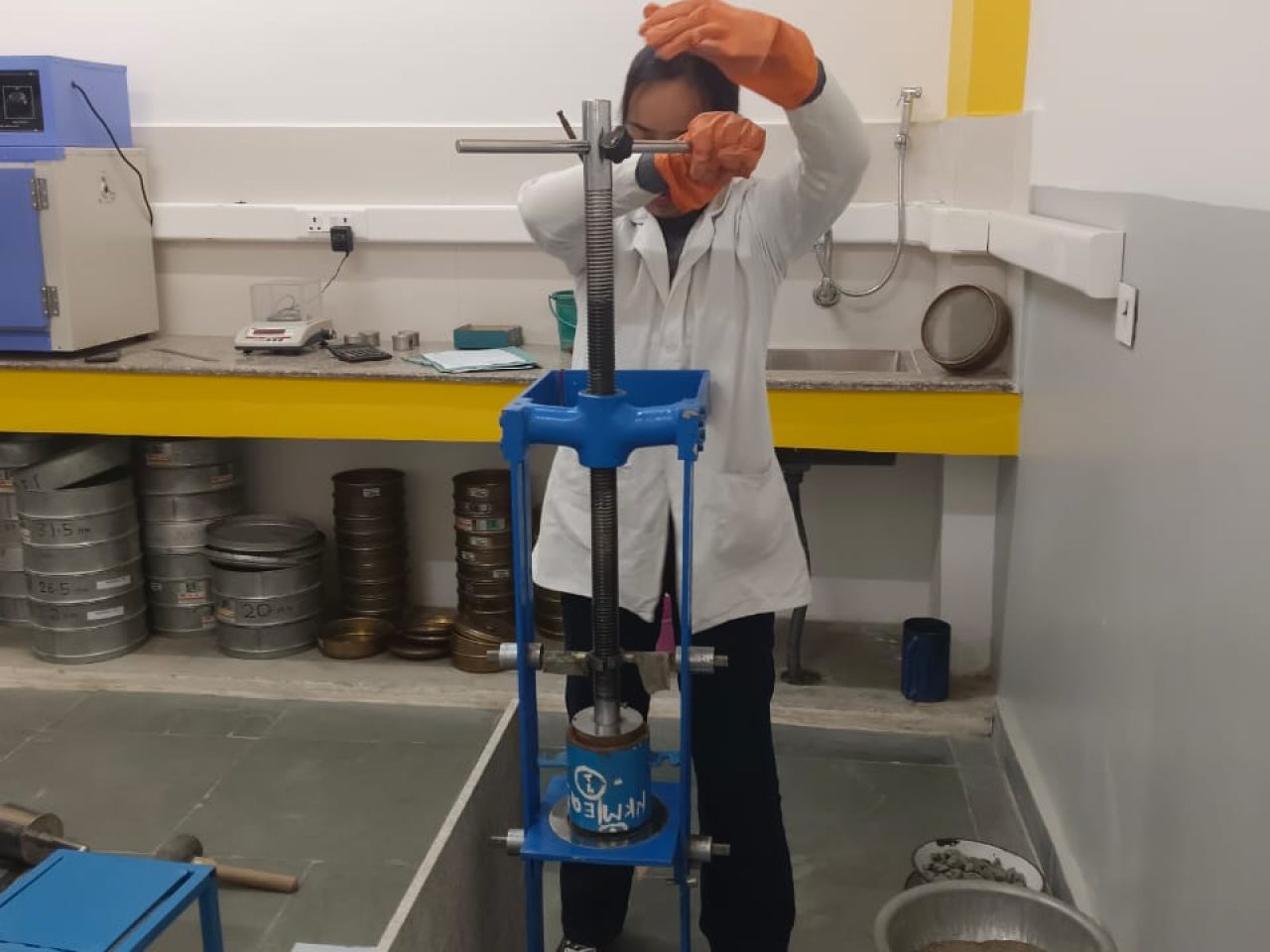
California Bearing Ratio
CBR assesses soil strength by comparing its ability to resist penetration to that of a standard crushed stone. It’s done both in unsoaked and soaked conditions to simulate real world moisture.
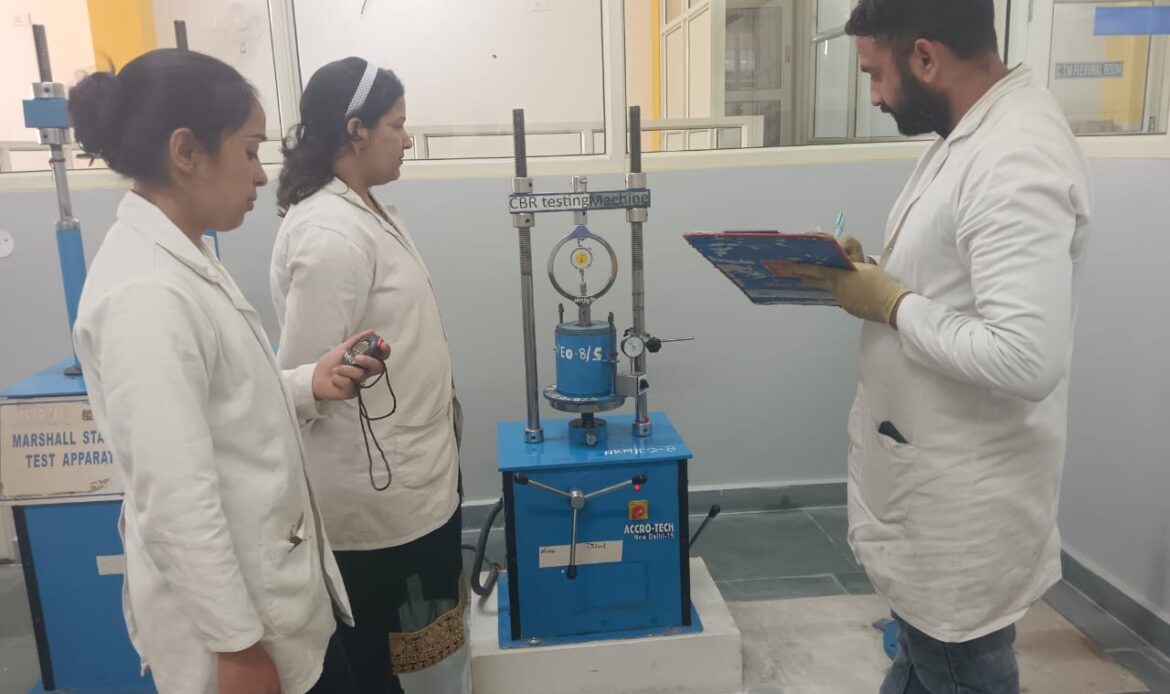
Dry Density of Soil by Core Cutter Method
A simple field test where a core cutter extracts a known volume of soil; by weighing and drying it, dry density is calculated useful for compactness assessment.
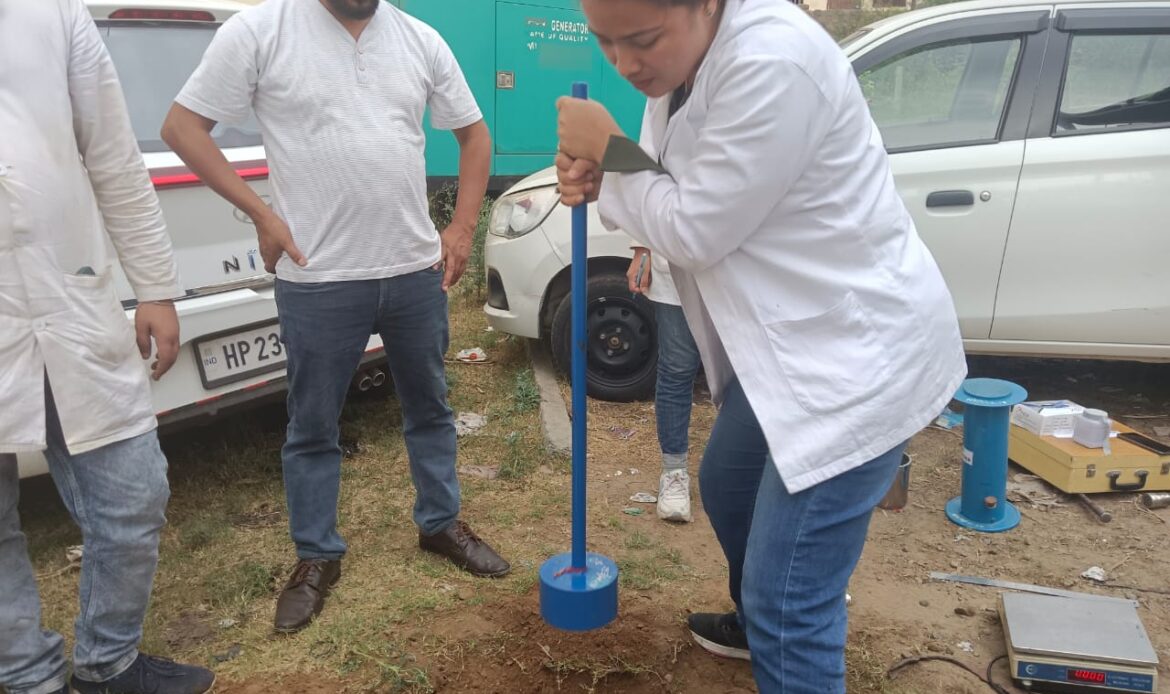
Dry Density of Soil by Sand Replacement Method
Another field technique: a hole is dug, soil removed is weighed, then the hole is filled with sand of known density giving the in situ dry density of the removed soil.
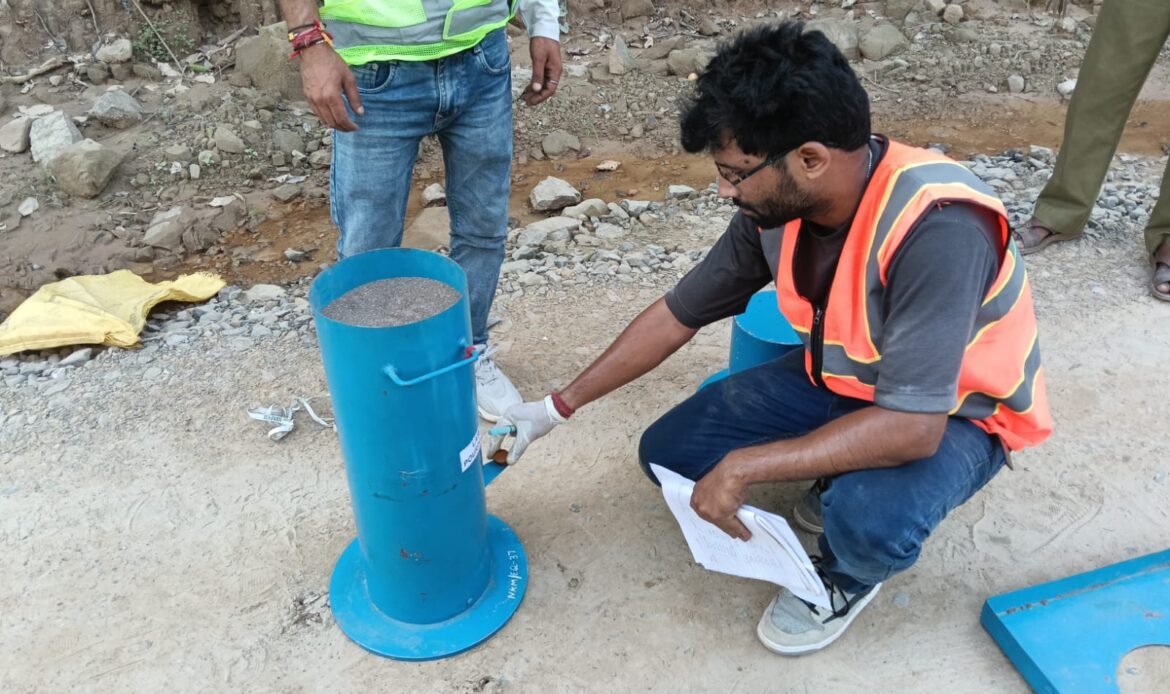
Plate load Test
A heavy plate is loaded onto the ground surface; how much it deforms under load tells you how strong and stiff the ground is used for foundation design.
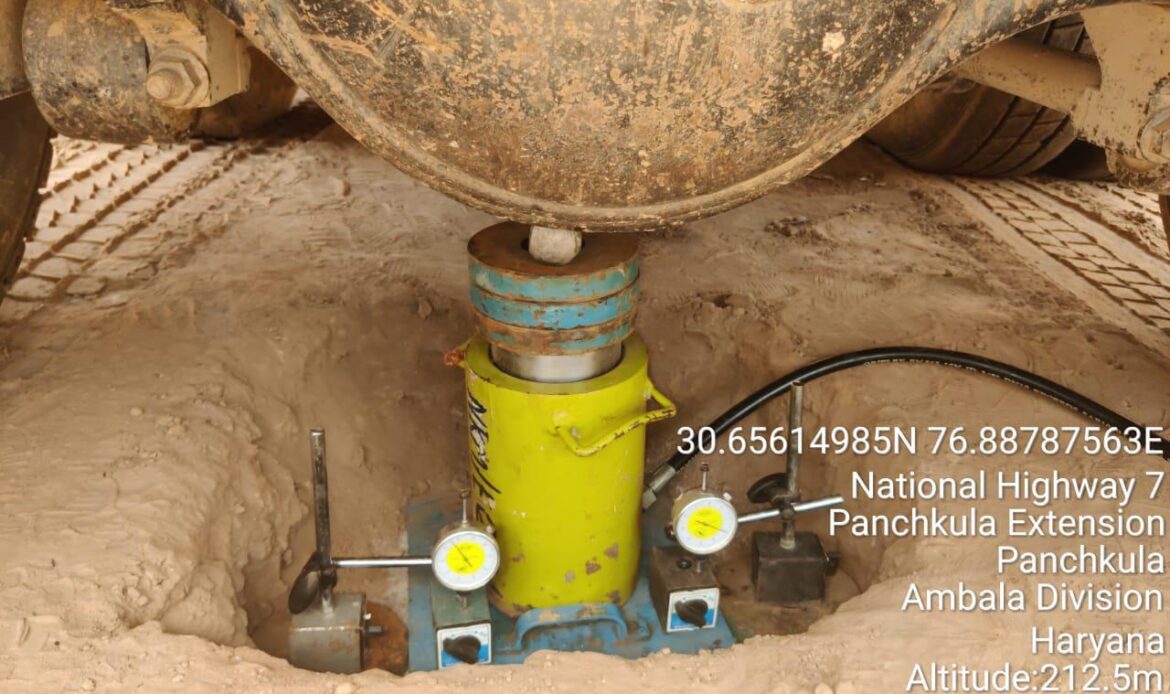
Soil Bearing Capacity for Building & Bridges
It measures how much load soil can safely support without failing or excessive settling, critical for designing safe structures.
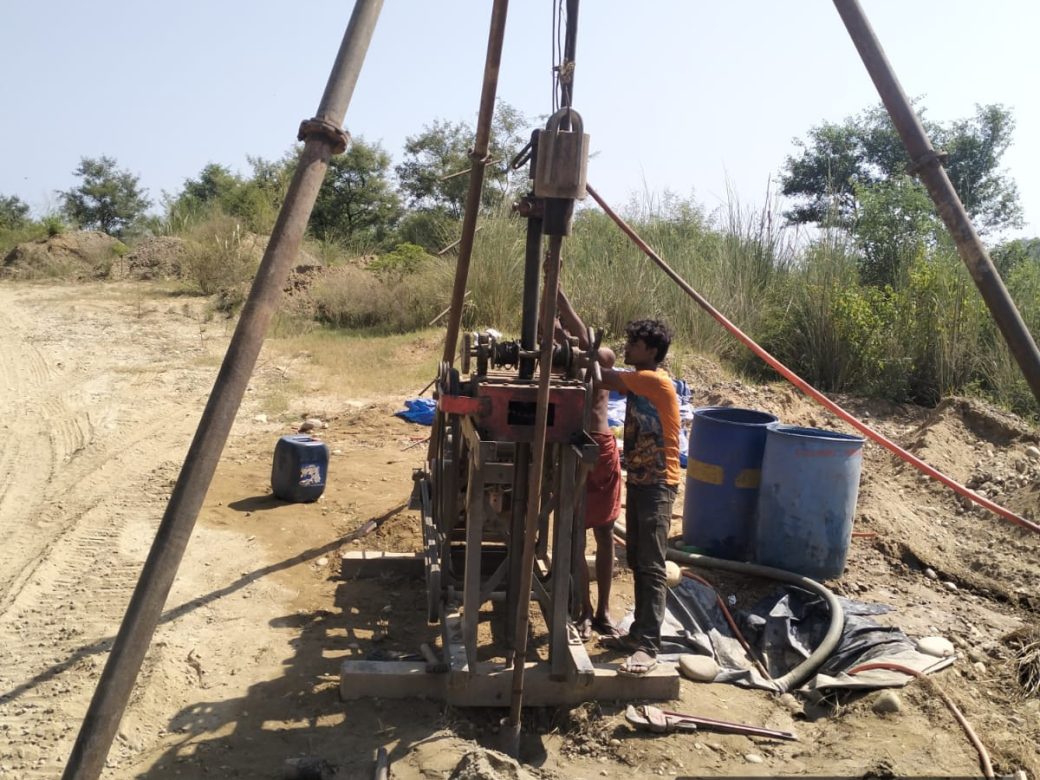
Cohesion and Angle of internal Friction
These are the two components of soil shear strength. Cohesion is the stickiness between particles, and the angle of internal friction reflects how well particles resist sliding against each other under load.
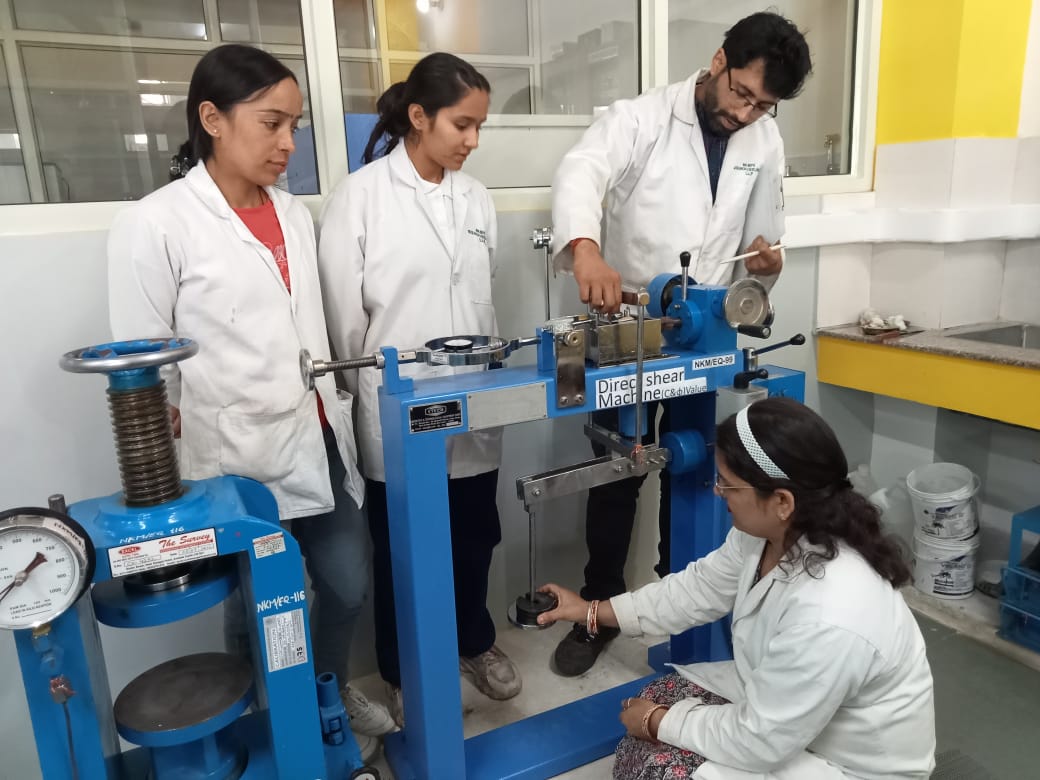
Why Choose NKMPV for Testing of Soils, Rocks & Aggregates?
● Accurate and Reliable Results
● Complete Range of Tests
● Advanced Lab & Field Expertise
● Proven for Construction and Infrastructure
● Support from Start to Finish
